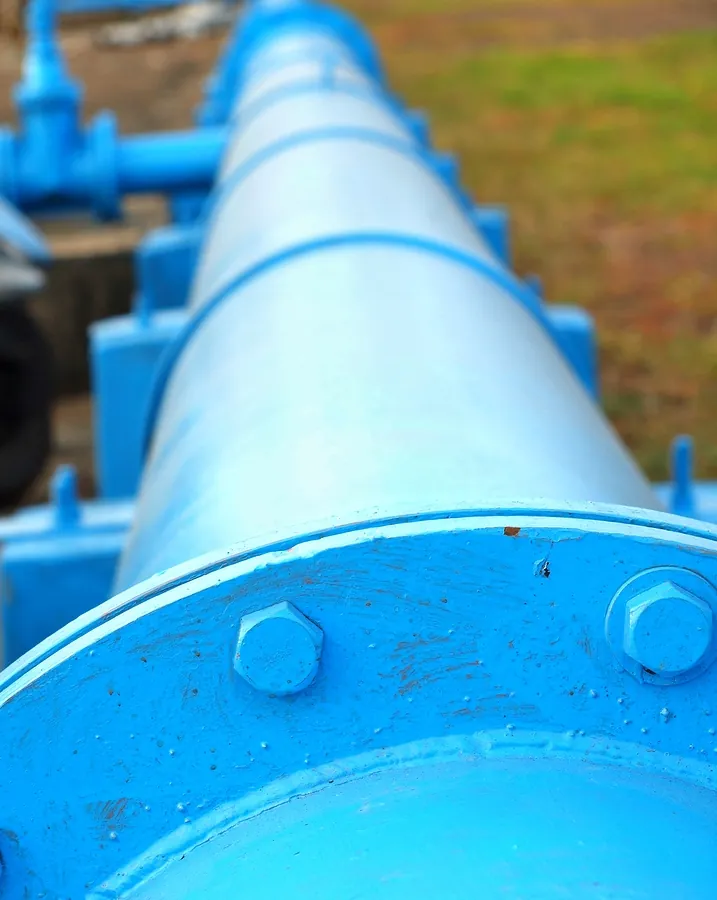Lay the Sales Pipeline in 5 Steps

If you ask an engineer how to build and maintain a pipeline, you might hear this:
- Dig
- Lay down the structure
- Keep the flow going
- Take measurements
- Keep the contents at the right ratio
Well, the process isn’t much different for building and maintaining a sales pipeline. Here are the steps as we see them.
1. Dig
Salespeople know all too well, you have to dig for leads…then dig through leads, dig for prospects, keep digging for good prospects, dig further for hot prospects, and then…keep digging some more.
If you don’t have the luxury of having a company-fed lead pool, then you’ll need to know where to dig—and what are good sources for the kind of leads you need.
2. Set Structure
Set your parameters. Know exactly what qualifies as a good prospect. No matter how hard it is, stick to this structure. The moment you start wavering from what is a good prospect, your pipeline is clogged or breached.
No company software to help keep structure? Then develop a paper system or invest in an affordable CRM system. Keep in mind that your pipeline is only so big, so set and stick to your parameters.
3. Keep the Flow Going
You must constantly keep the new, fresh prospects coming in as you work through the hot prospects, perform follow-up calls, and conduct actual sales. Remember, your big sale started out as a new prospect. Regardless of how many hot leads you have working, set aside the time you need each day for finding fresh prospects.
4. Take Measurements
Salespeople must quantify their success. Know the numbers to success. How many calls must you make per day? How many calls does it take to build a prospect using your particular lead pool? How many prospects does it take to build a sale? Know how many new prospects you need per day to keep your flow going.
5. Keep the Right Ratio
You know the numbers (see above). Consistently maintain them. If you’re short on hot prospects, then build up some of your good prospects into hot prospects, or get rid of them so new prospects can become good prospects. If you’re short on good prospects, filter through those “cool” prospects to turn them into good prospects or get rid of them so you have room for new prospects.
You can’t increase the size of your pipeline so you have to keep the ratio of cool, to warm, to hot prospects right. This means you must be accurate about identifying your prospects and continually reevaluate where they fit on the scale:
- Solid commitment to consider offer
- Client’s need has been identified and solution offered
- Good discussion, but client’s needs and solution may not be clear yet
- No real discussion, but client qualifies and agreed to a call back time and sending/leaving of material
- Could only get permission to send/leave materials
- Doesn’t really qualify but he was a nice guy to talk to…wait a minute! This one doesn’t belong in your pipeline…FLUSH IT!
So there you have it – the pipeline metaphor. It works, and helps us to keep in mind what we need to do to build and maintain a good sales prospecting pipeline.

- Account Planning (16)
- Awards (42)
- Client Testimonial (37)
- Personal Branding (21)
- Podcast (12)
- Research (77)
- Sales Career Development (90)
- Sales Coaching (165)
- Sales Consulting (141)
- Sales Culture (181)
- Sales Enablement (380)
- Sales Leadership (112)
- Sales Management (268)
- Sales Negotiation (11)
- Sales Prospecting (136)
- Sales Role-Playing (19)
- Sales Training (242)
- Selling Strategies (279)
- Soft Skills (78)
- Talent Management (101)
- Trusted Advisor (29)
- Virtual Selling (57)
- Webinar (13)

























